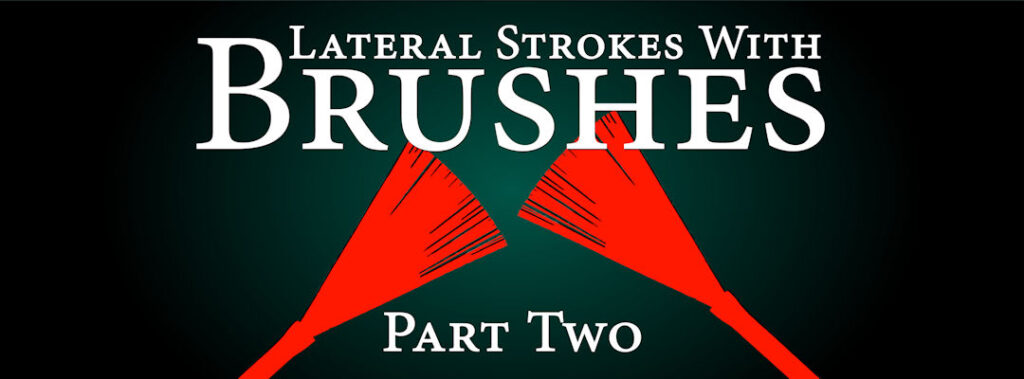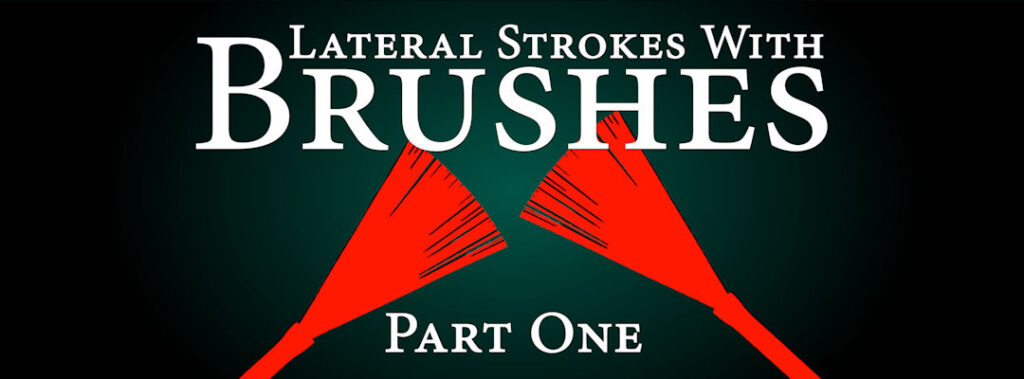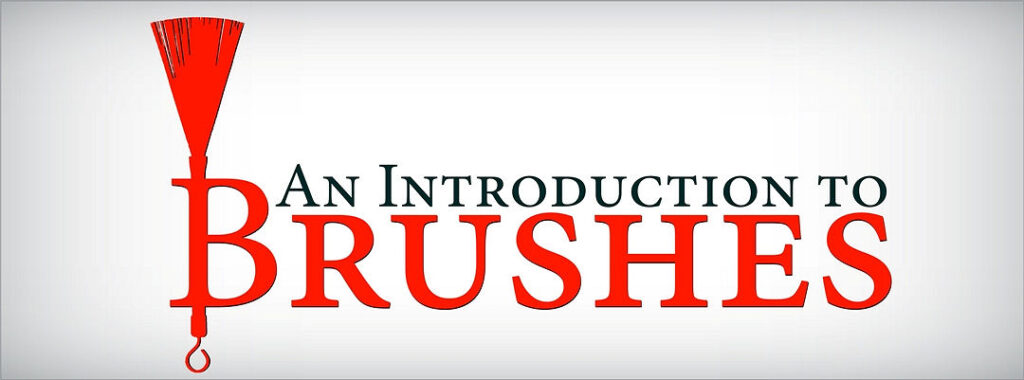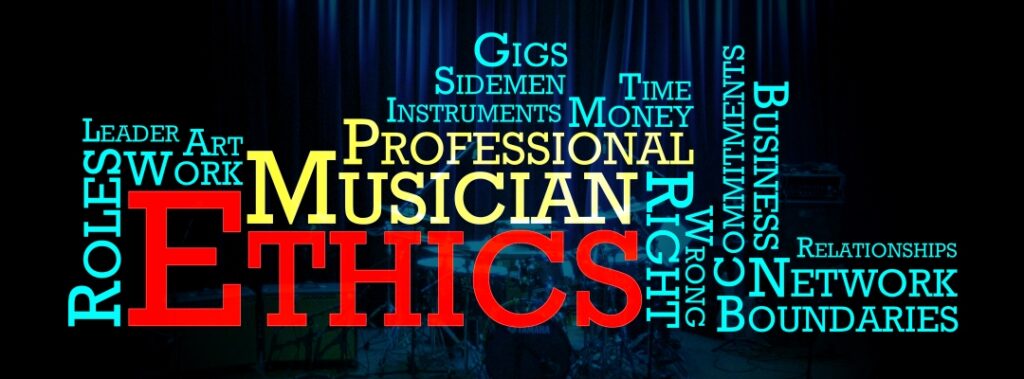Jazz Brushes Technique: Lateral Strokes (part two)

In the first installment of this two-part post on jazz brushes I explained how to produce long and short strokes with lateral motions, and I promised that today I would introduce ways to use this technique musically and creatively. Here I am to keep my word and share with you a few ideas.
Before reading further please review part one!
Jazz Brushes Technique: Lateral Strokes (part one)

Back in September I wrote a post titled “An Introduction to Brushes”, where I examined how to produce long legato sounds using circular motions, an essential part of jazz brushes technique.
In this post I will describe another important area of brush playing: staccato sounds. The techniques that we are going to explore provide many interesting sound options, brushes have endless possibilities, and because different contexts call for different approaches, having an array of options is a good thing!
An introduction to brushes

I love brushes.
Brushes are more than a tool with which one plays the drums; they are an instrument in their own right. Brushes are used in different music styles, but their most extended applications are found in jazz.
Most people outside the world of jazz identify brushes with ballads and mellow or folksy tunes, but those who are more familiar with them know the wide range of moods that brushes can facilitate.
Five ethical principles for the working musician

Working in a competitive field like music presents many challenges, especially in a place like New York City where there are so many musicians already. In my experience, I found that one’s musical skills are not the only deciding factors in this competition; music is a social business, and one’s professional attitude and behavior can make a big difference.
